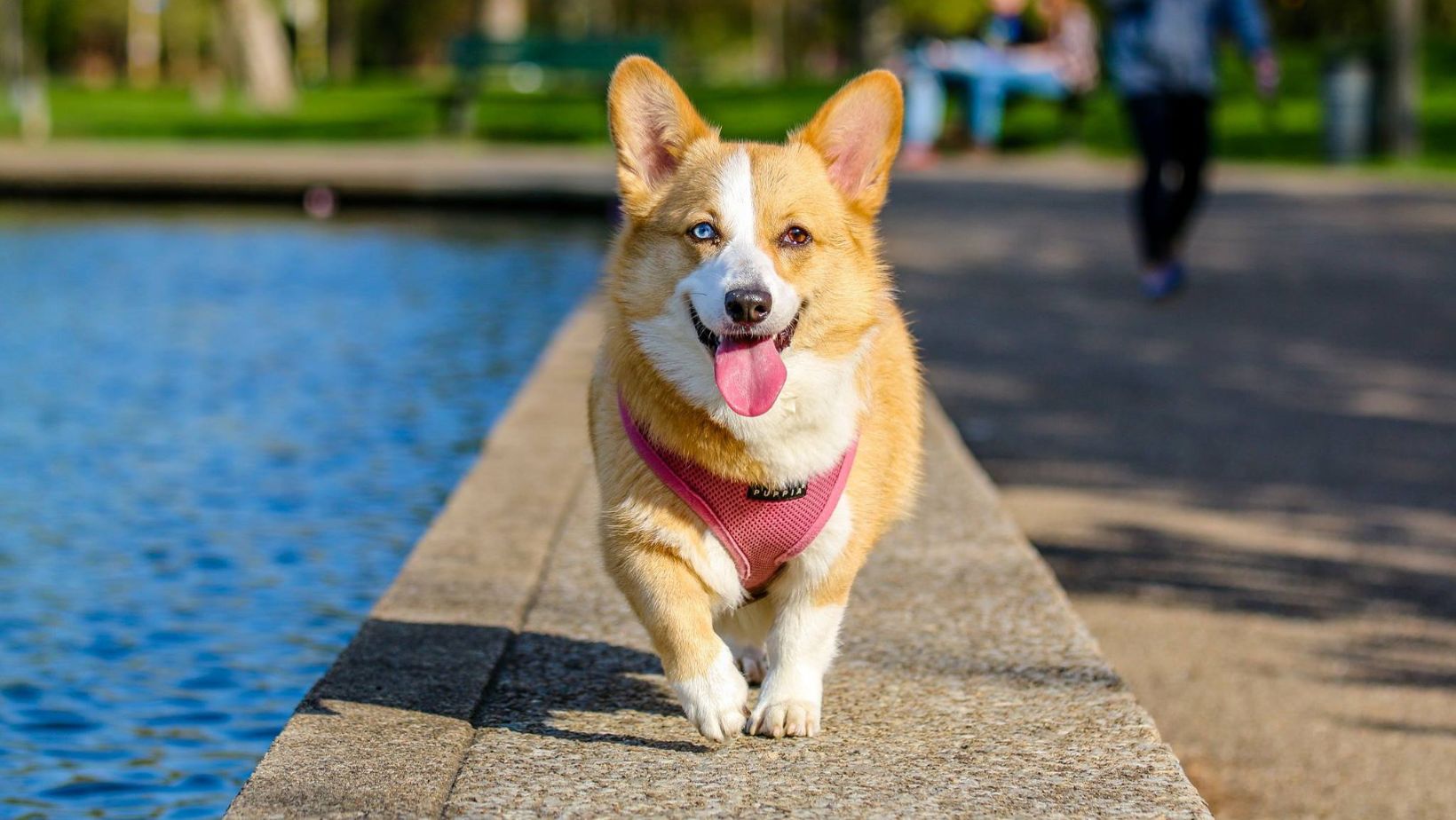
Around 40% of households in America own at least one dog, and we’re pretty sure that they love basking in the sunshine and outdoor freedom to stretch their legs and let loose. And contrary to popular belief, you don’t need a sprawling estate to make it happen. You might be working with a sprawling lawn or a cozy patio, but there’s plenty you can do to keep your pet happy and your yard looking sharp.
One of the biggest hurdles to having a dog-friendly yard is the mess they sometimes leave behind. Modern solutions like pet waste disposal systems and artificial grass make managing those inevitable doggy mishaps a breeze. But these are just some ways you can keep your yard clean and fresh while ensuring your dog has the space to roam and play to its heart’s content. We have some tips to ensure the perfect pet-friendly home exterior—a tail-wagging wonderland, if you will!
Tip #1: A quality dog kennel can make all the difference
No bones about it, you definitely need a dog kennel in your yard. It’s not just about providing a spot for your pup to sleep; it’s about giving them a safe, comfortable space where they feel secure. It’s time that we took the idea of a kennel to new heights. We’re talking about all the bells and whistles they need to feel right at home. From climate control to a sturdy roof and floor, modern dog kennels offer features that keep your furry friend protected from the elements. They also come in a variety of designs, allowing you to choose one that complements your outdoor aesthetic while meeting your dog’s needs.
Choose a kennel that is secure, but also gives your dog room to move around. The addition of a single run means your pet can stretch their legs, get a bit of exercise, and enjoy their surroundings without feeling confined. And if you’re the DIY type, kennel kits offer a fantastic opportunity to build your pet’s new digs yourself, adding a personal touch to their outdoor experience.
Tip #2: Avoid chemical-treated grass
We know the option to opt for artificial grass is tempting, but the real stuff can be beneficial for your dog if cared for properly. You’ve probably witnessed your furry friend munching on a few blades of grass from time to time. It’s pretty standard behavior—sometimes they do it to soothe a troubled tummy, and other times it’s just for fun. Usually, it’s no big deal. However, the real issue arises if your yard is laden with chemicals like pesticides and fertilizers. While these substances are fantastic for keeping our lawns lush and pest-free, they can pose serious health risks to your pup.
Chemical-treated grass can be a danger zone for your dog. Ingesting grass covered in these chemicals can lead to health problems, and even if your dog isn’t a habitual grass-eater, there’s always a chance they’ll take a nibble. Plus, their sensitive paws can come into contact with these chemicals, potentially causing irritation or burns. That’s why it’s crucial to rethink your approach to lawn care if you’re aiming for a truly pet-friendly environment.
There are plenty of natural alternatives to keep your yard green and gorgeous without the risk. Eco-friendly fertilizers and pesticides are available that offer the same benefits as the chemical versions but without the dangerous side effects. They keep your lawn healthy and ensure your dog can play freely without you having to worry about any toxic exposure.
Pro tip: Landscaping can also play a big role in maintaining a pet-safe yard. Regular watering and proper irrigation are key to preventing brown patches without resorting to harsh chemicals.
Tip #3: Keep your determined dog safely contained
You may have a natural-born escape artist on your hands. Whether your pup is a skilled digger or a high jumper, there are strategies you can employ to keep them from making a great escape. Dogs often dig for fun or relief from the heat, or sometimes, they just want to explore the world beyond the fence. For those crafty diggers, you can install underground barriers to stop tunneling attempts.
You might also consider adding shrubs or landscaping rocks along the fence line. These act as a visual and physical deterrent and enhance your yard’s appearance. Strategically placed plants and obstacles can deter jumpers by making it harder to get a running start. Some owners find success with angled fence extensions, which create an overhang that prevents jumping. Just remember, as with digging, training is key to addressing jumping behavior.
How else can you spruce up your home?
Decoratoradvice is where you come to make your home look amazing. Our tips and tricks improve your exterior, interior and more. Our team of experts hold the key advice for any tricky decorating dilemmas, so bookmark us, and check in regularly for the home smarts!














